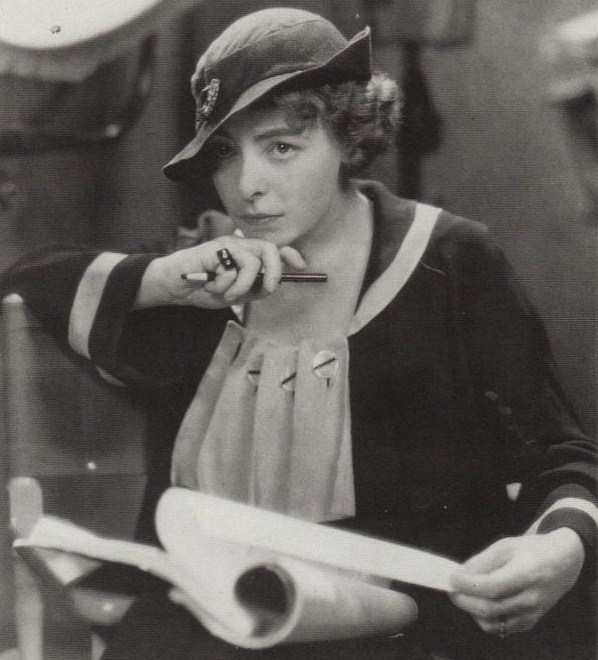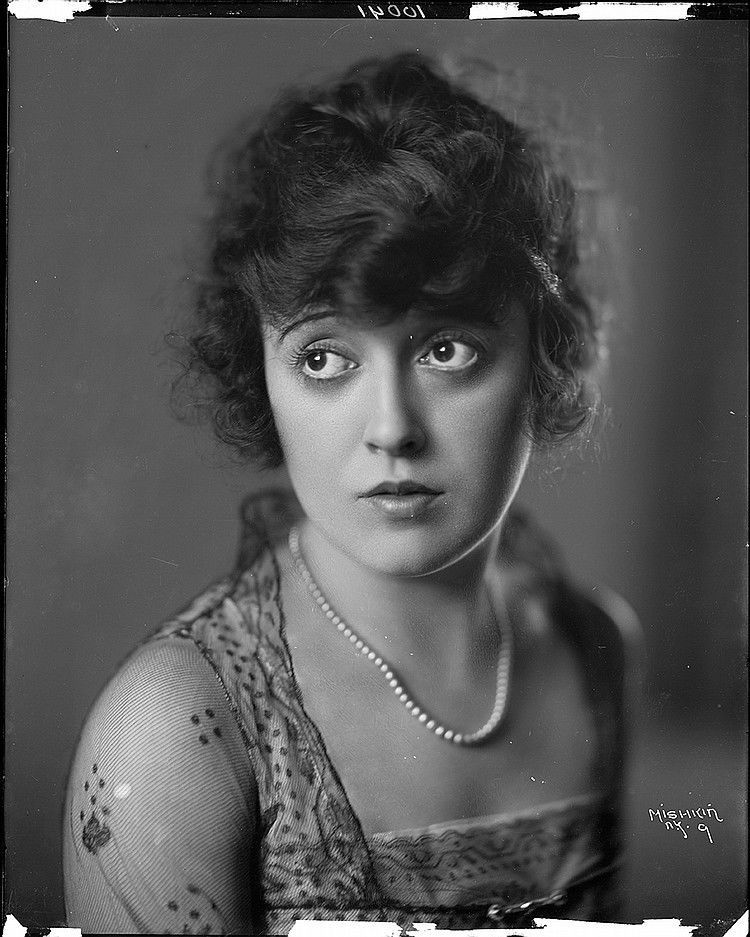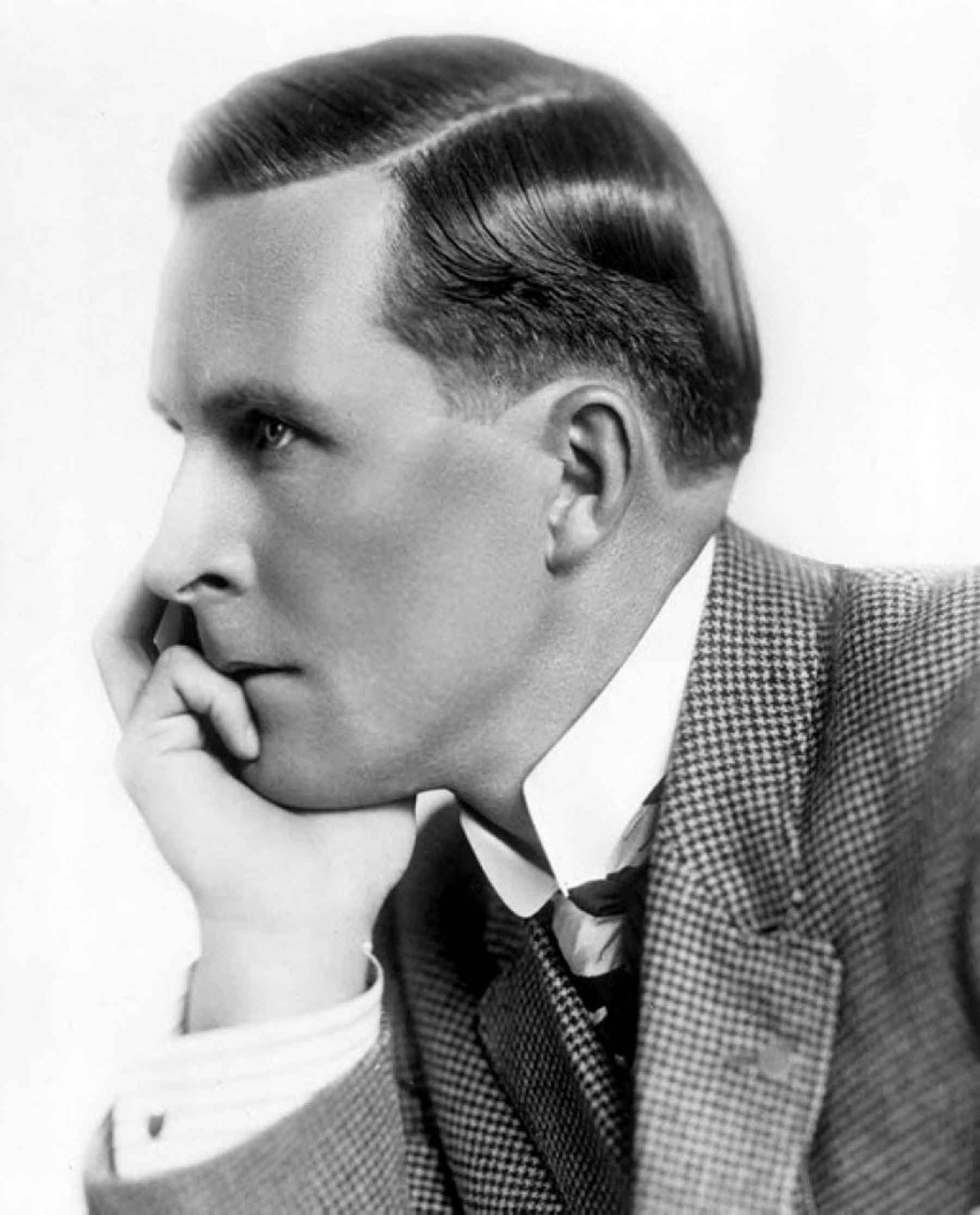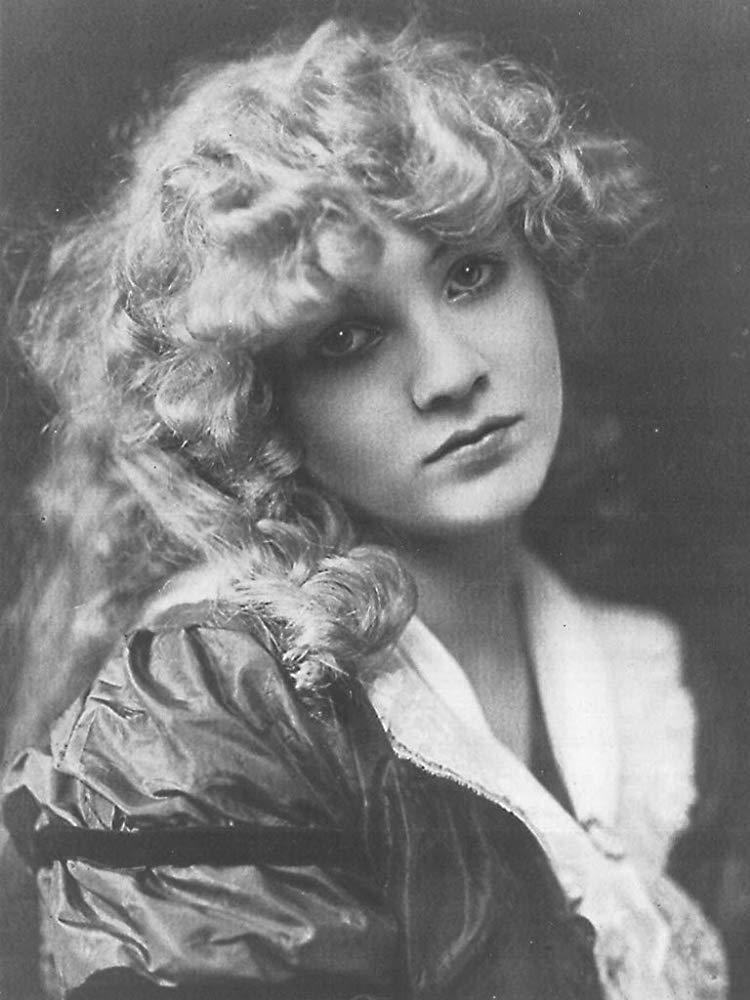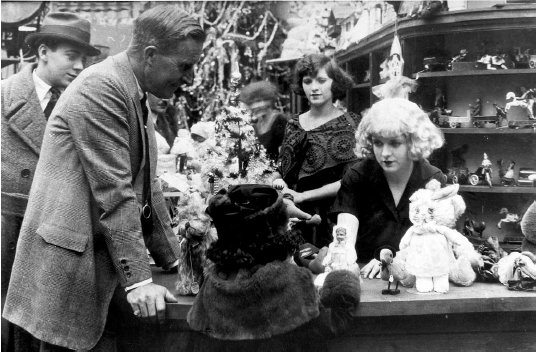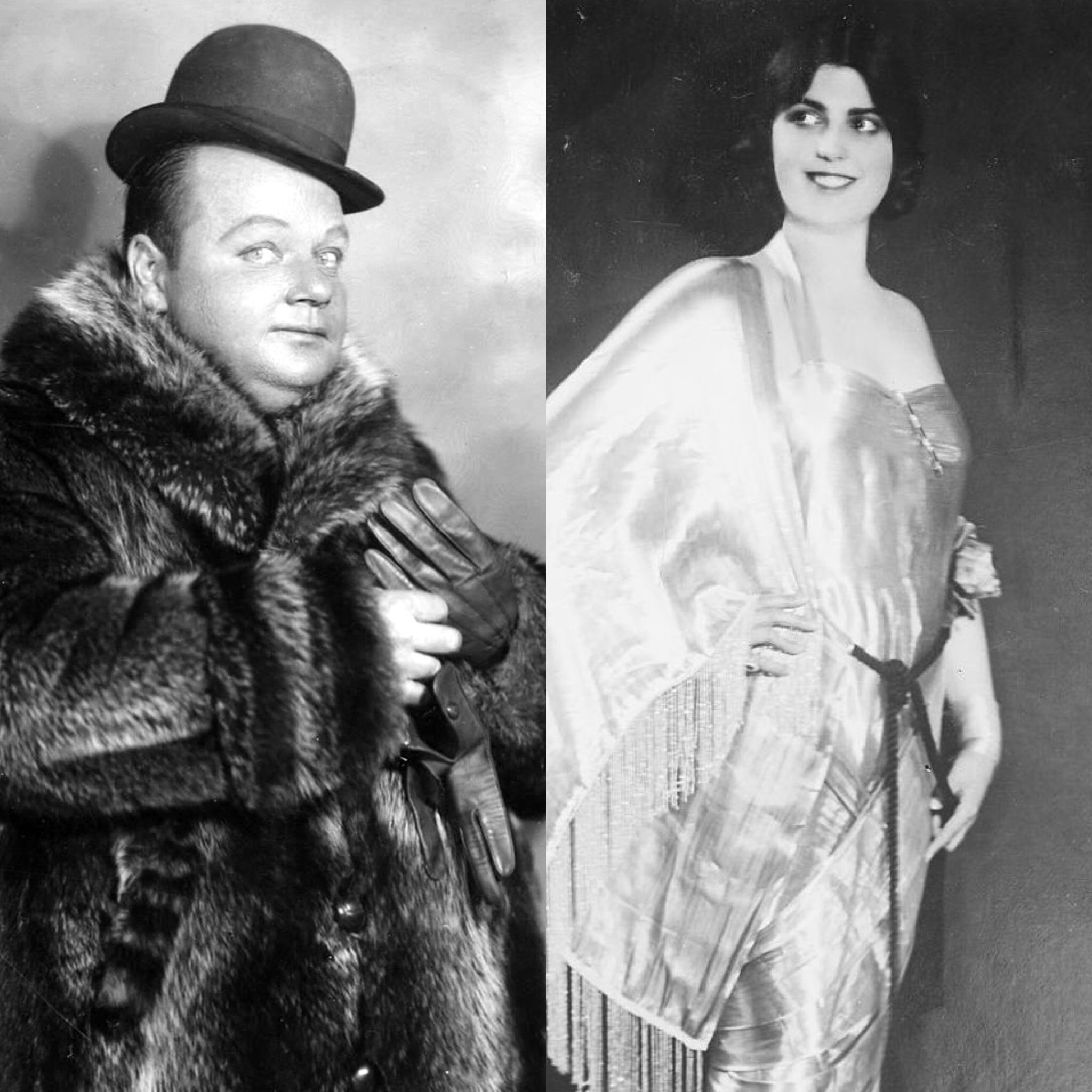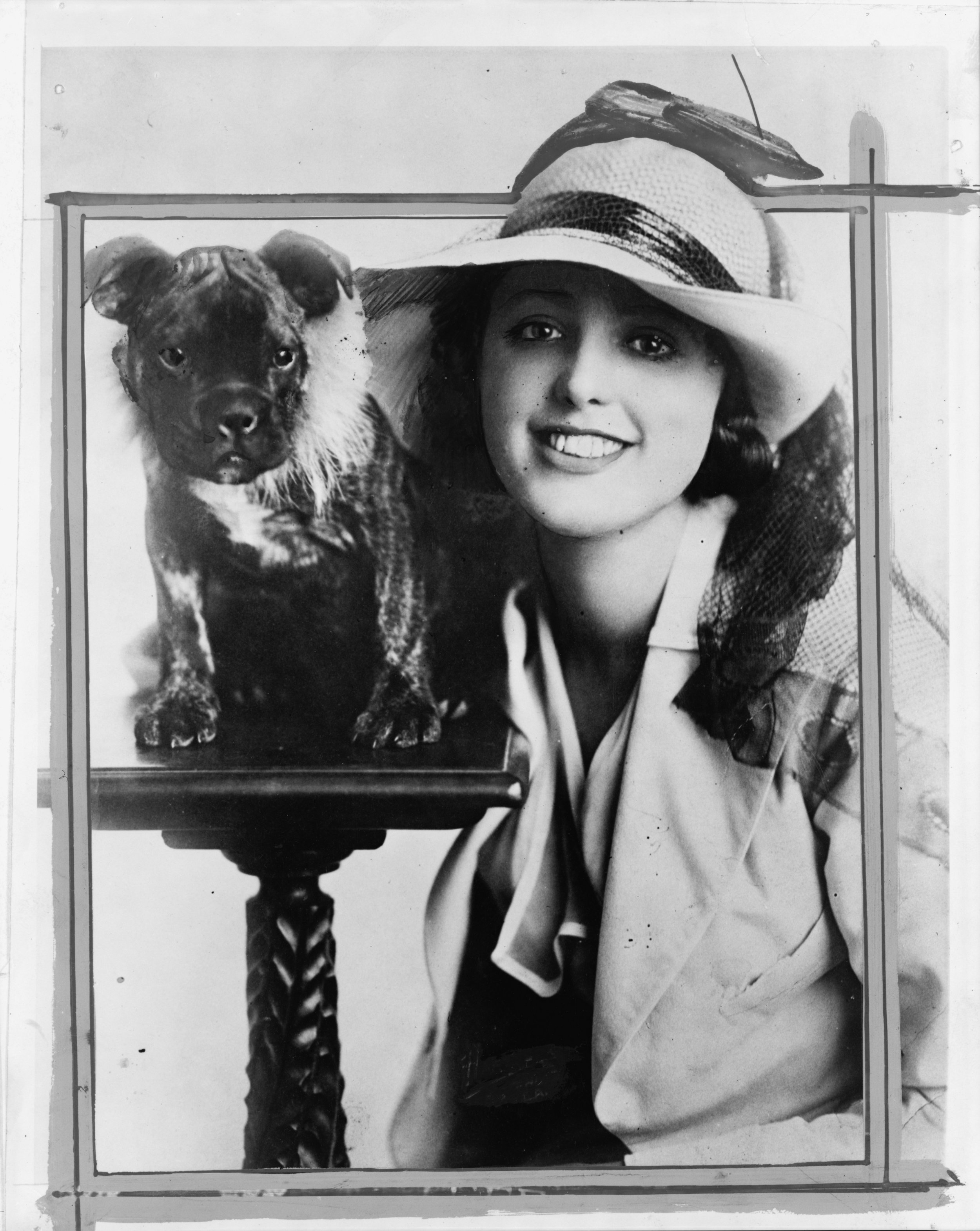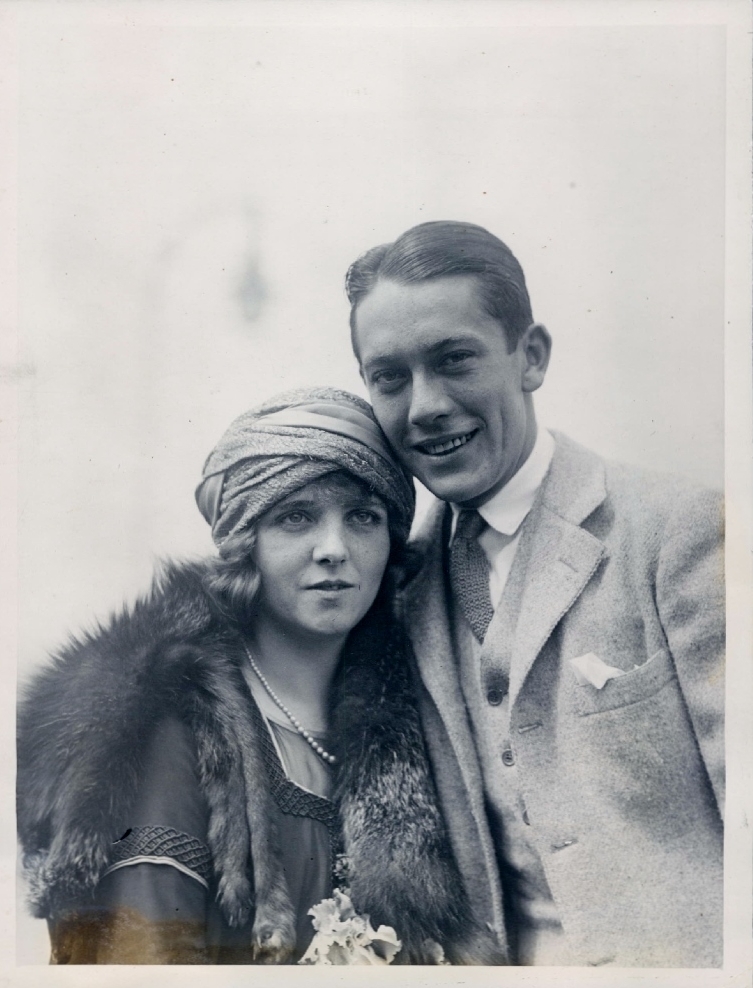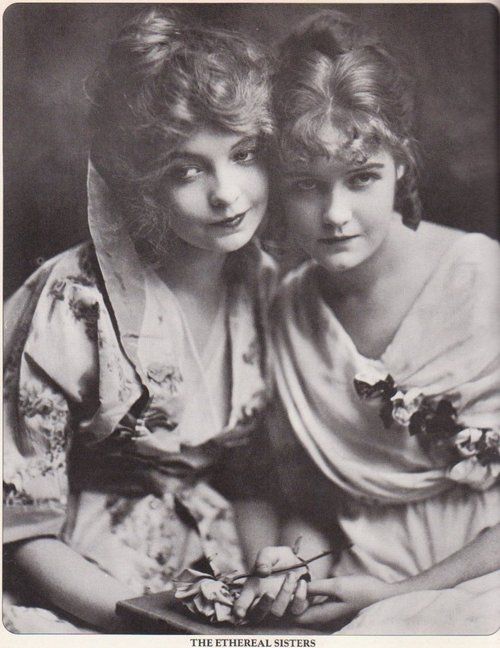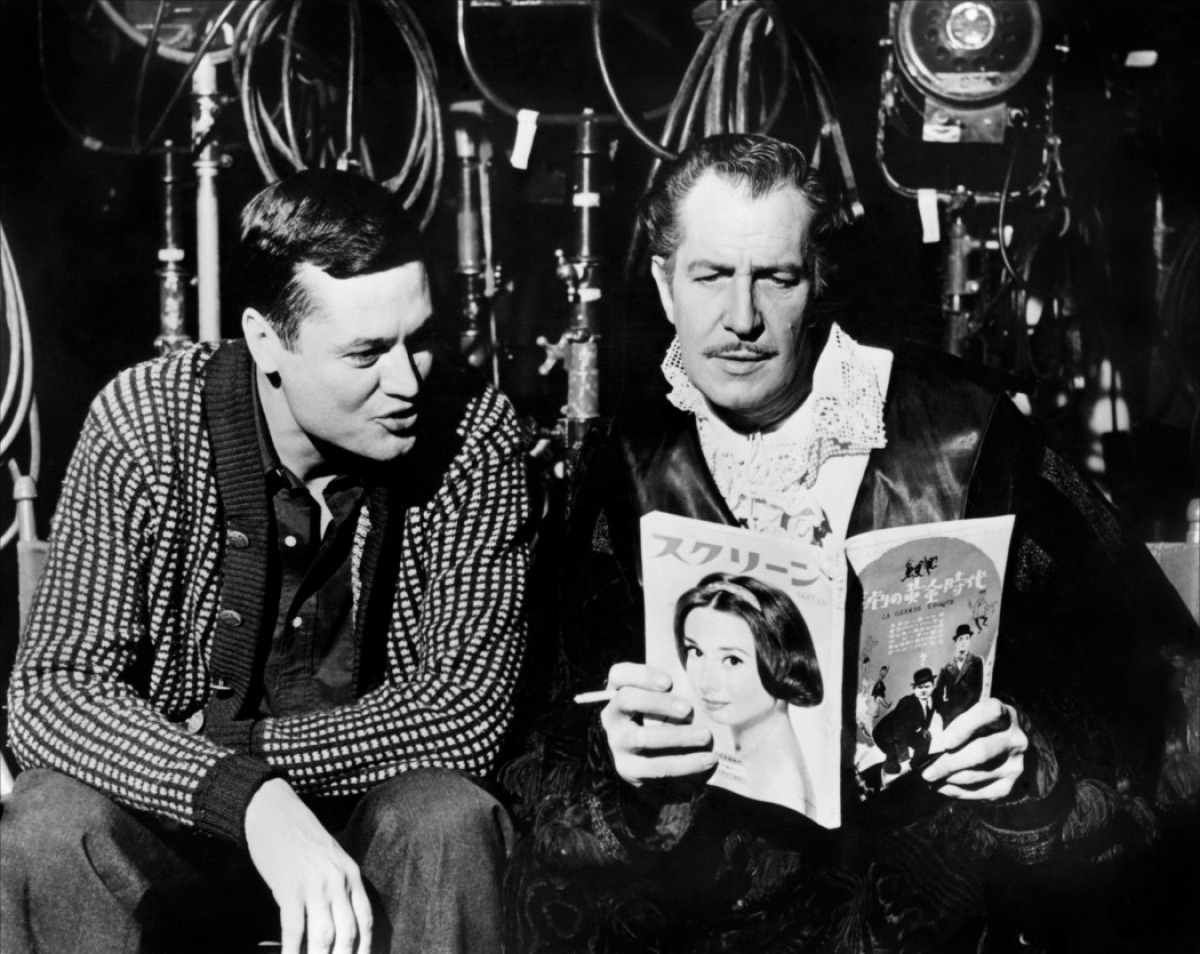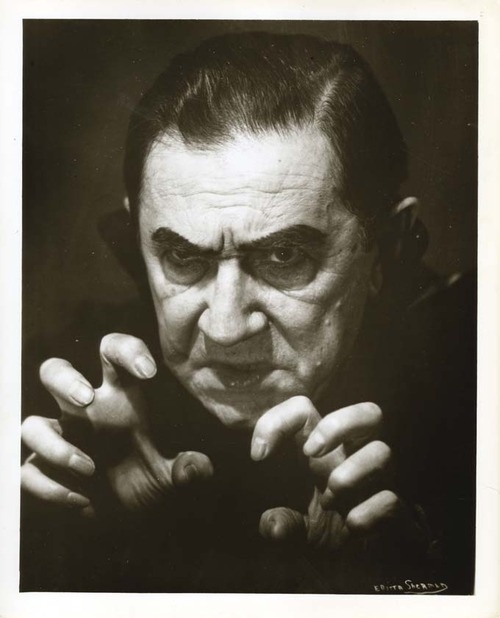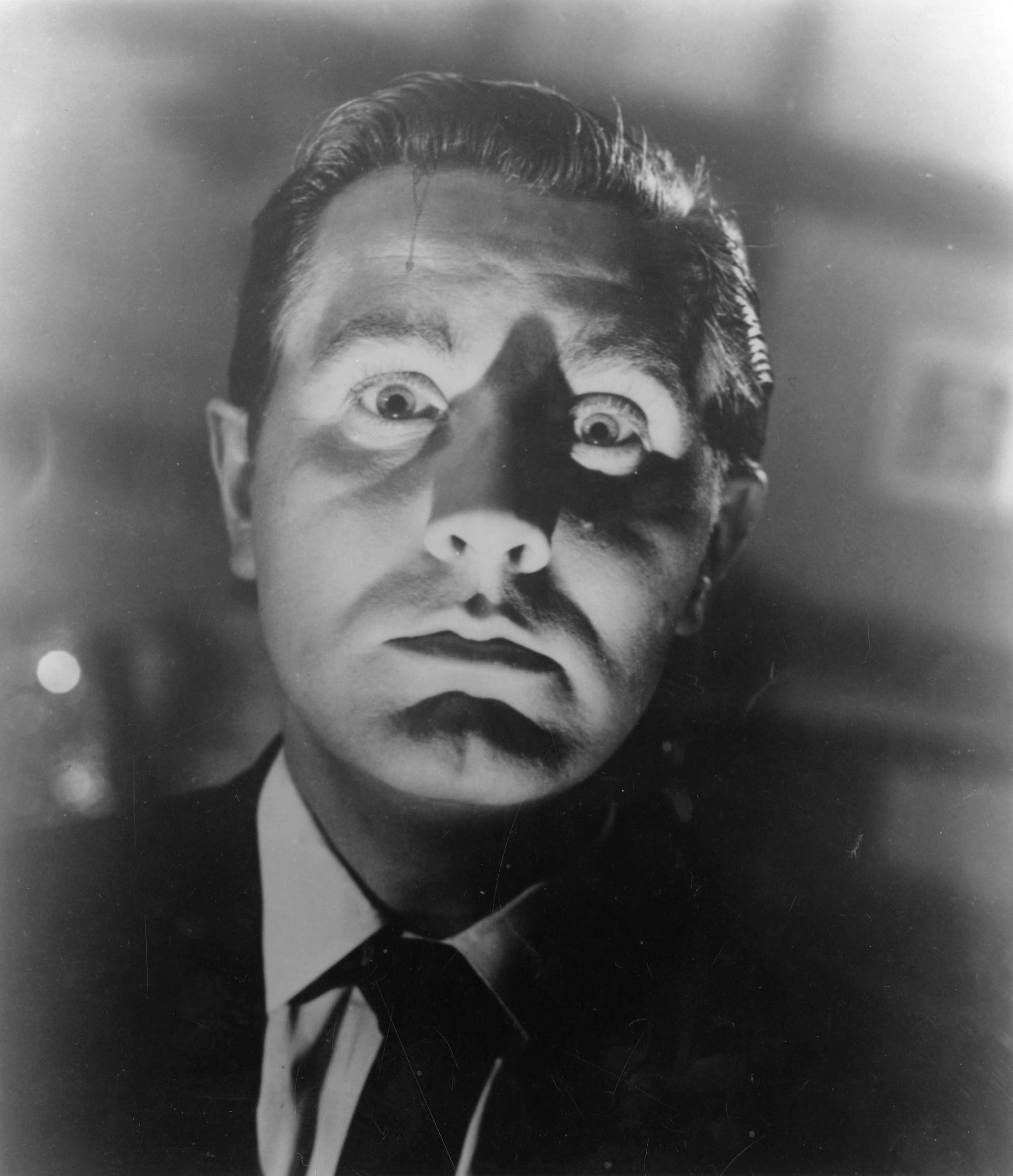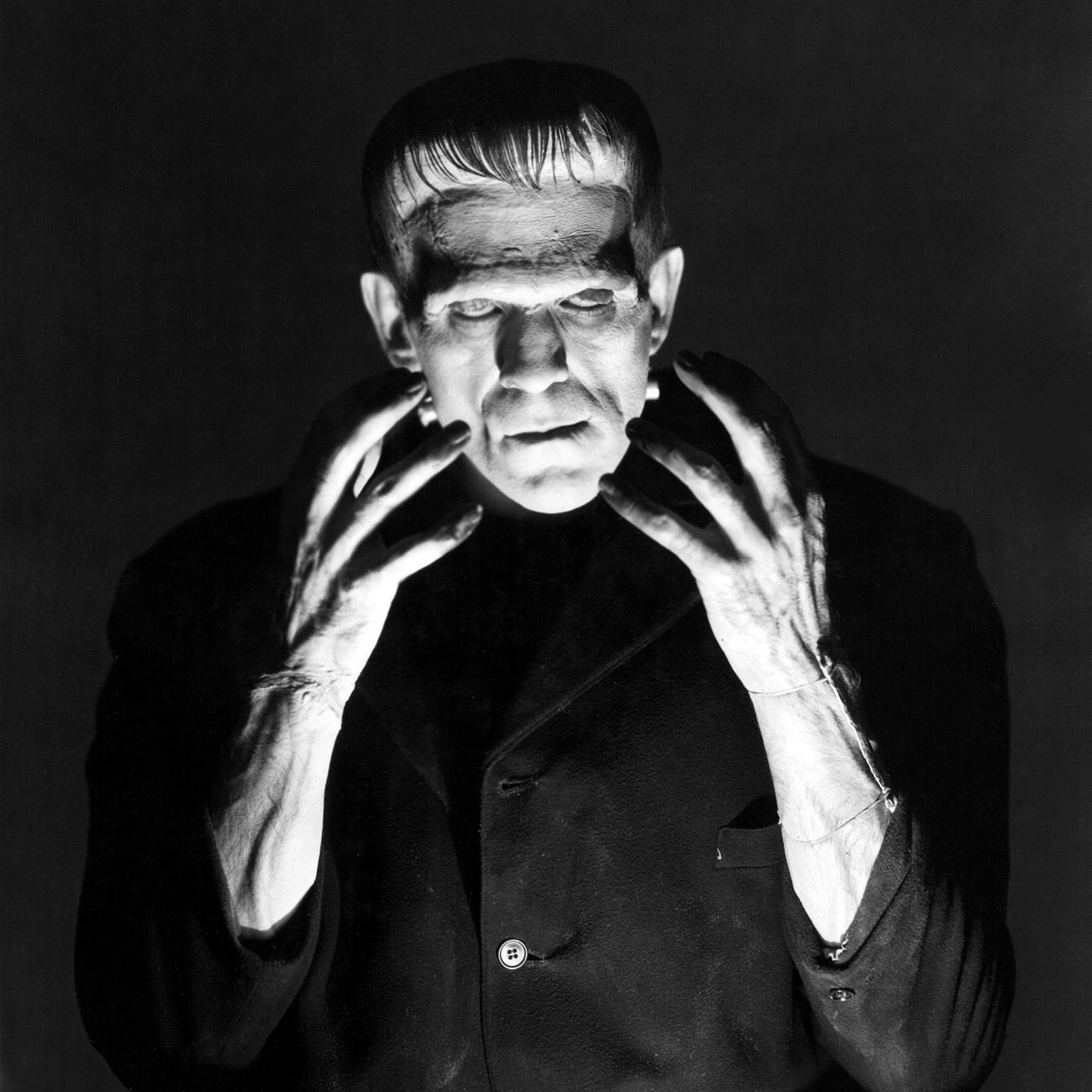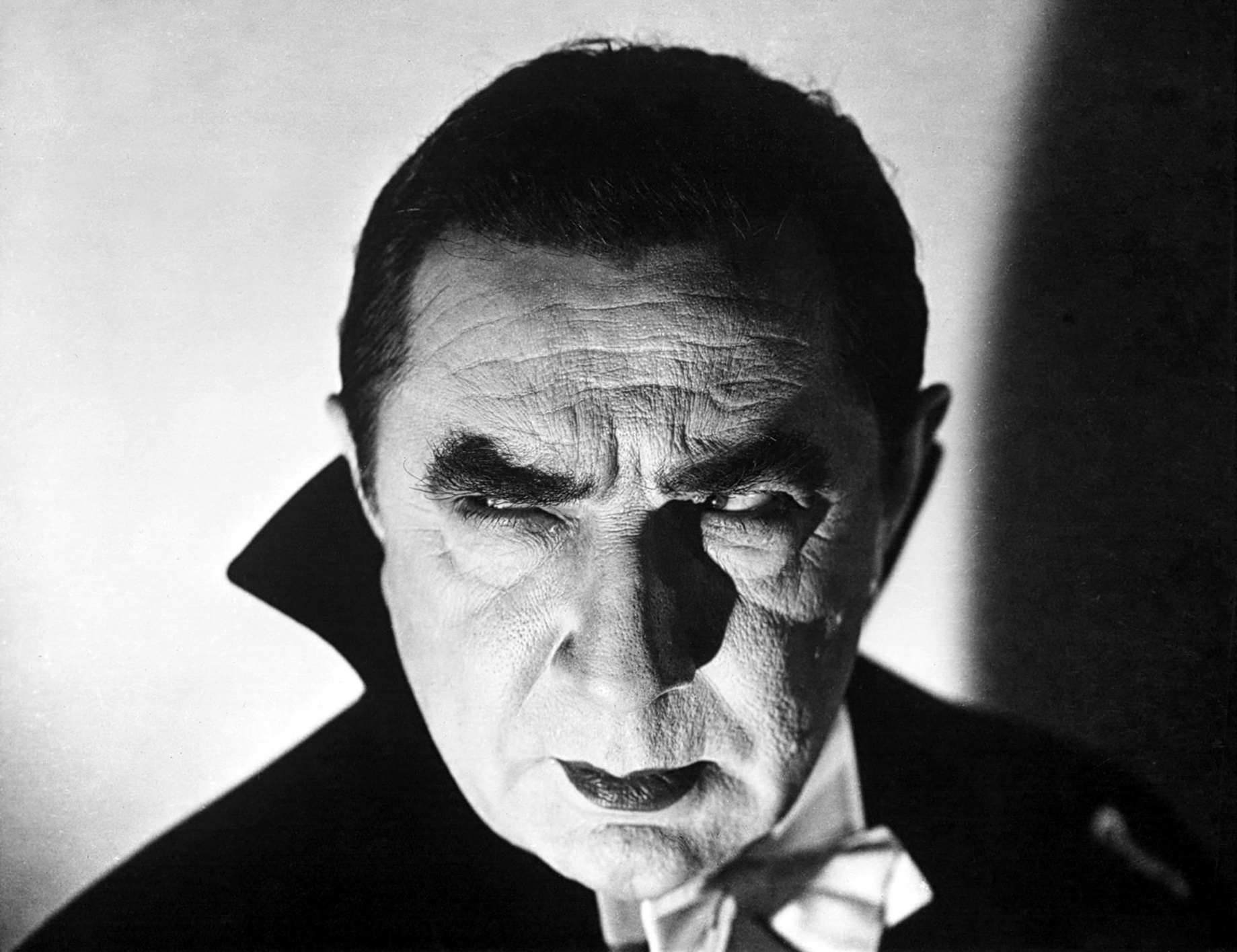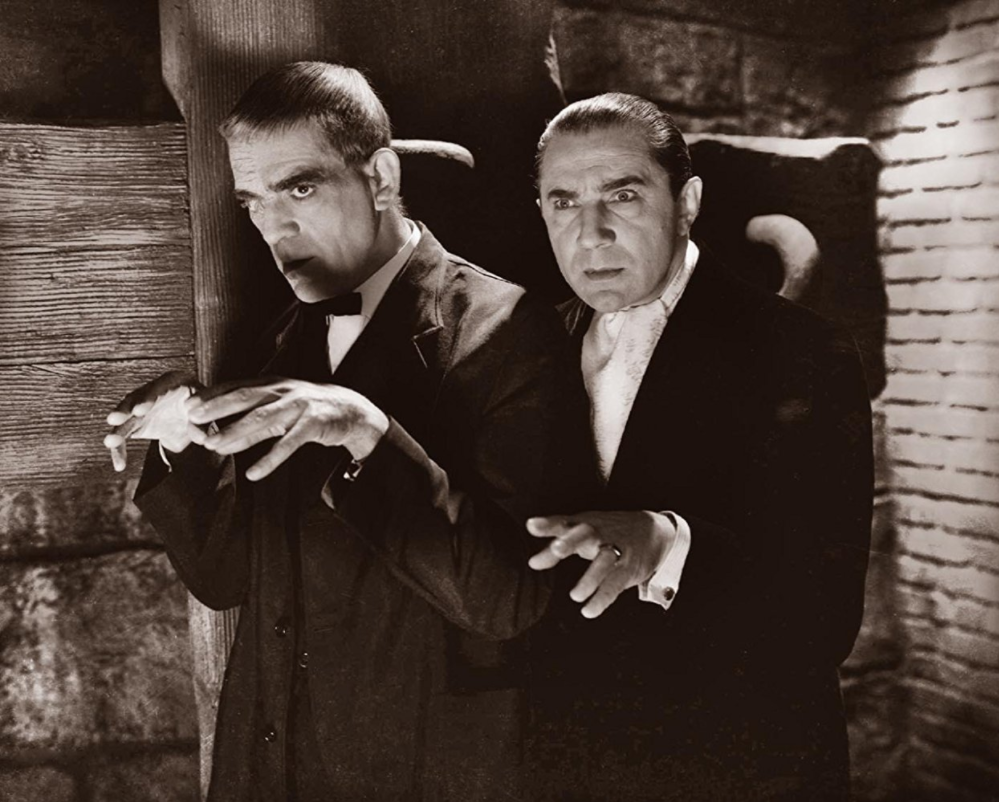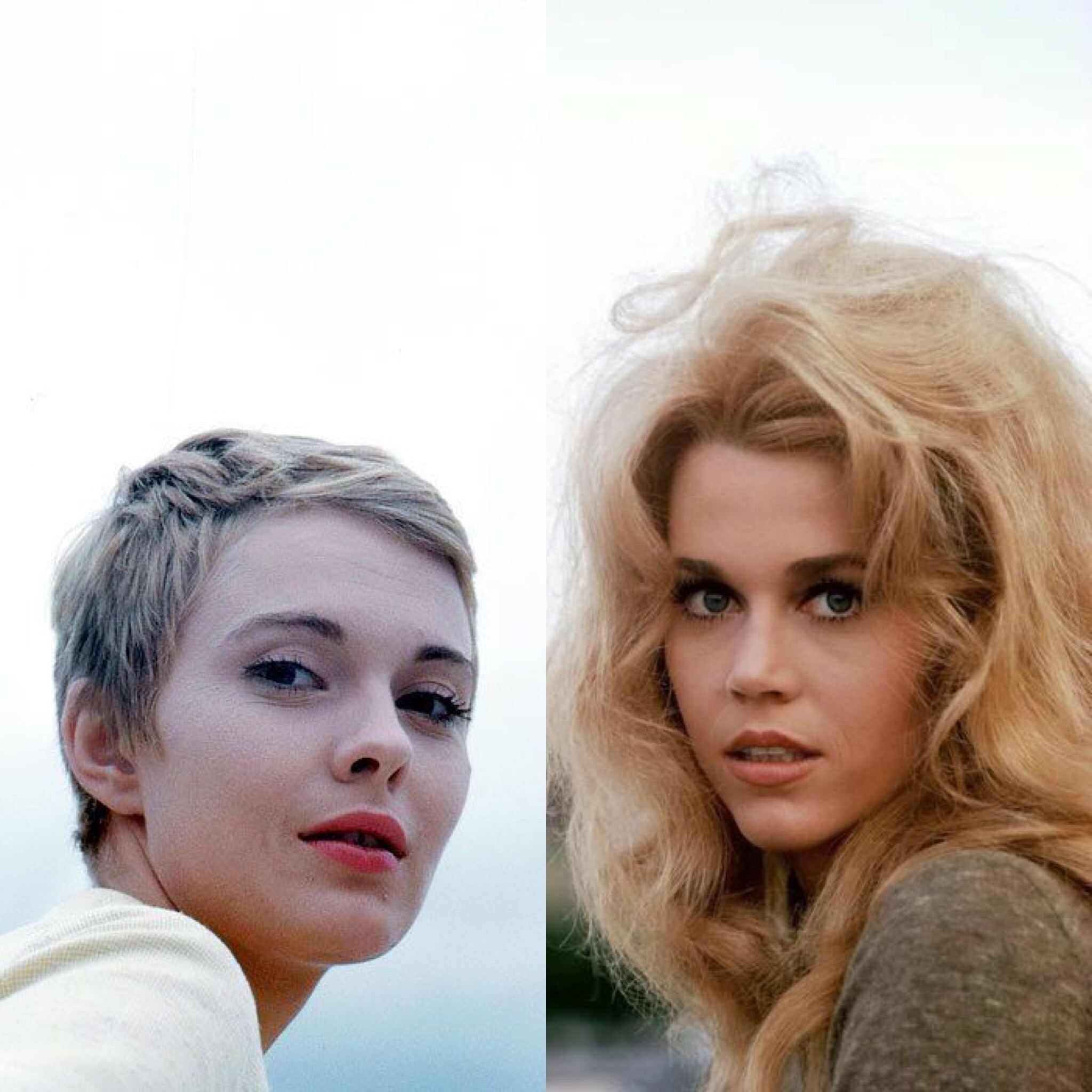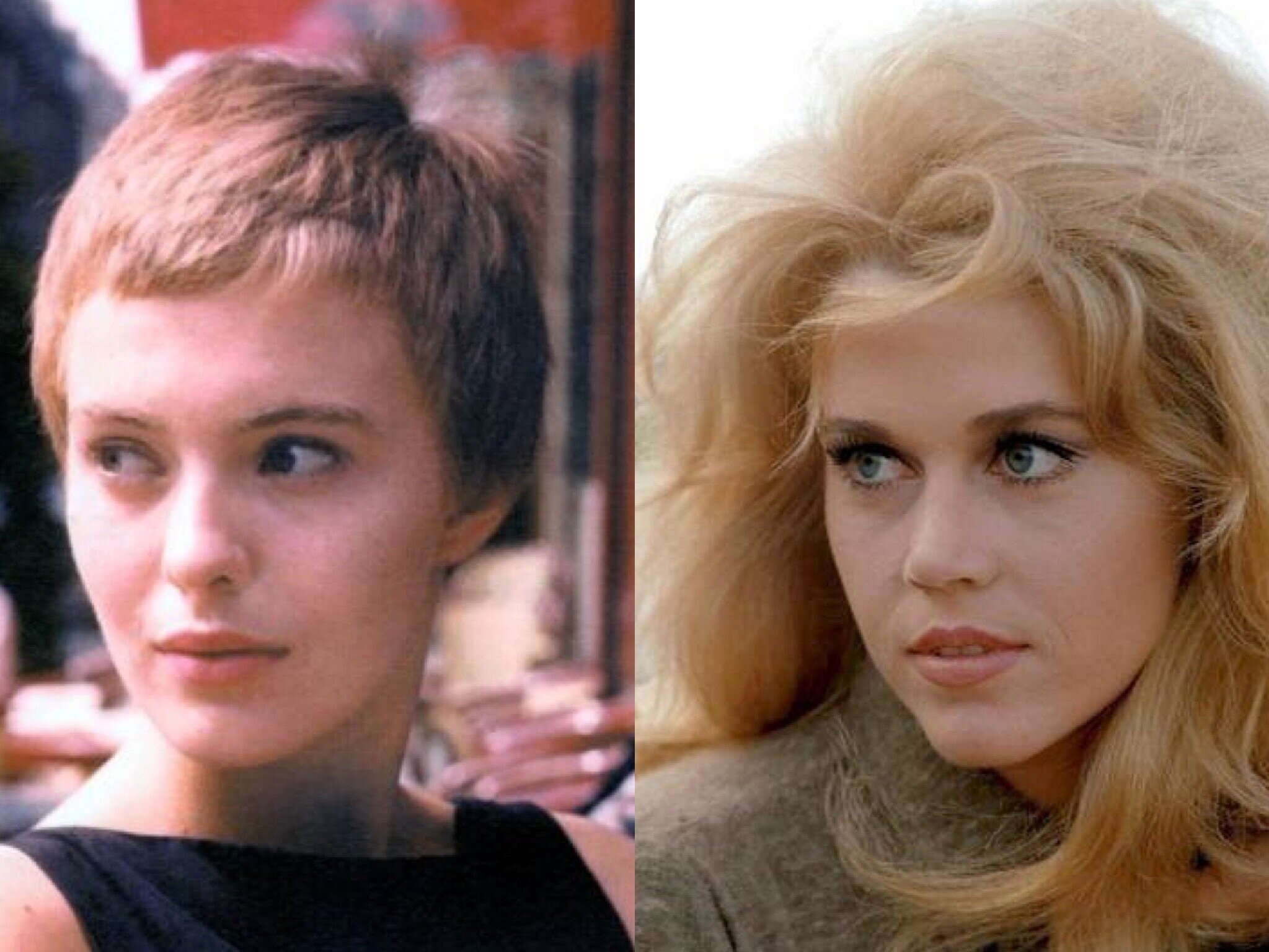SHOW NOTES:
Sources:
This episode is a response to, and includes a brief excerpt from, Hollywood Babylon by Kenneth Anger.
The Parade’s Gone By by Kevin Brownlow
From Reverence to Rape by Molly Haskell
The Birth of a Nation: How a Legendary Filmmaker and a Crusading Editor Reignited America's Civil War by Dick Lehr
Lillian Gish: Her Legend, Her Life by Charles Affron
D.W. Griffith: An American Life by Richard Schickel
Sunshine And Shadow by Mary Pickford
Wally: The True Wallace Reid Story by David W. Menefee
Silent Stars by Jeanine Basinger
“From Movie to Masterpiece” by Denison Clift, Oakland Tribune, April 28 1918, Page 18
Music:
Original music was composed for this episode by Evan Viola. Most of the rest of music used in this episode, with the exception of the intro and outro, was sourced from royalty-free music libraries and licensed music collections. The intro includes a clip from the film Casablanca. The outro song this week is "Sister Like You" by The Auteurs.
Excerpts from the following songs were used throughout the episode:
Black and White Memories 3 - Martin Hall
Say It Is So - Magnus Ringblom
The Old House - Håkan Eriksson
Chamber String Rock - Håkan Eriksson
Sophisticated Gentlemen - Magnus Ringblom
The Smoke Room - Gunnar Johnsén
Jazz and Blue Piano 1 - Jonaton Jarpehag
Finkelstein’s Walk in the Rain - Per-Anders Nilsson
Credits:
Our special guest this week is TS Faull, who read from Hollywood Babylon. TS last appeared on You Must Remember This episode 49 in our "Charles Manson's Hollywood" season, in which he played Kenneth Anger.
This episode was written, narrated and produced by Karina Longworth.
Editors: Sam Dingman and Jacob Smith.
Research and production assistant: Lindsey D. Schoenholtz.
Social media assistant: Brendan Whalen.
Logo design: Teddy Blanks




